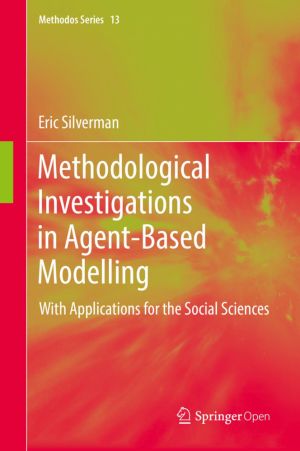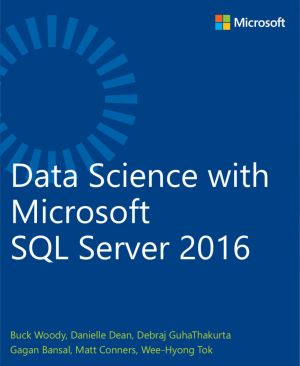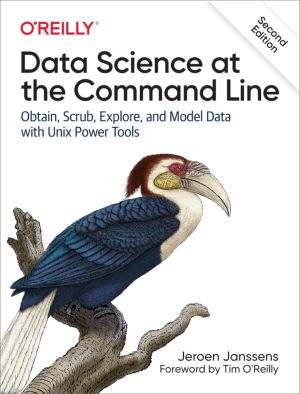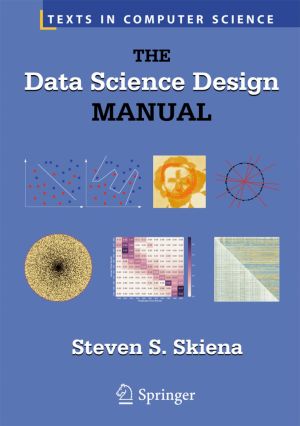The Data Science Design Manual
by Steven S. Skiena
DescriptionDetailsHashtagsReport an issue 






Book Description
This engaging and clearly written textbook/reference provides a must-have introduction to the rapidly emerging interdisciplinary field of data science. It focuses on the principles fundamental to becoming a good data scientist and the key skills needed to build systems for collecting, analyzing, and interpreting data. The Data Science Design Manual is a source of practical insights that highlights what really matters in analyzing data, and provides an intuitive understanding of how these core concepts can be used. The book does not emphasize any particular programming language or suite of data-analysis tools, focusing instead on high-level discussion of important design principles. This easy-to-read text ideally serves the needs of undergraduate and early graduate students embarking on an "Introduction to Data Science" course. It reveals how this discipline sits at the intersection of statistics, computer science, and machine learning, with a distinct heft and character of its own. Practitioners in these and related fields will find this book perfect for self-study as well. Additional learning tools: Contains "War Stories," offering perspectives on how data science applies in the real worldThis open book is licensed under a Creative Commons License (CC BY). You can download The Data Science Design Manual ebook for free in PDF format (17.7 MB).
Book Details
Title
The Data Science Design Manual
Subject
Computer Science
Publisher
Springer
Published
2017
Pages
456
Edition
1
Language
English
ISBN13
9783319554433
ISBN10
3319554433
ISBN13 Digital
9783319554440
ISBN10 Digital
3319554441
PDF Size
17.7 MB
License

Related Books

We've all heard it: according to Hal Varian, statistics is the next sexy job. Five years ago, in What is Web 2.0, Tim O'Reilly said that "data is the next Intel Inside." But what does that statement mean? Why do we suddenly care about statistics and about data? This report examines the many sides of data science - the technologi...

This book examines the methodological complications of using complexity science concepts within the social science domain. The opening chapters take the reader on a tour through the development of simulation methodologies in the fields of artificial life and population biology, then demonstrates the growing popularity and relevance of these method...

Learn how to use R to turn raw data into insight, knowledge, and understanding. This book introduces you to R, RStudio, and the tidyverse, a collection of R packages designed to work together to make data science fast, fluent, and fun. Suitable for readers with no previous programming experience, R for Data Science is designed to get you doing data...

When you combine the sheer scale and range of digital information now available with a journalist's "nose for news" and her ability to tell a compelling story, a new world of possibility opens up. With The Data Journalism Handbook, you'll explore the potential, limits, and applied uses of this new and fascinating field.
This ...

R is one of the most popular, powerful data analytics languages and environments in use by data scientists. Actionable business data is often stored in Relational Database Management Systems (RDBMS), and one of the most widely used RDBMS is Microsoft SQL Server. Much more than a database server, it's a rich ecostructure with advanced analytic ...

This thoroughly revised guide demonstrates how the flexibility of the command line can help you become a more efficient and productive data scientist. You'll learn how to combine small yet powerful command-line tools to quickly obtain, scrub, explore, and model your data. To get you started, author Jeroen Janssens provides a Docker image packe...

